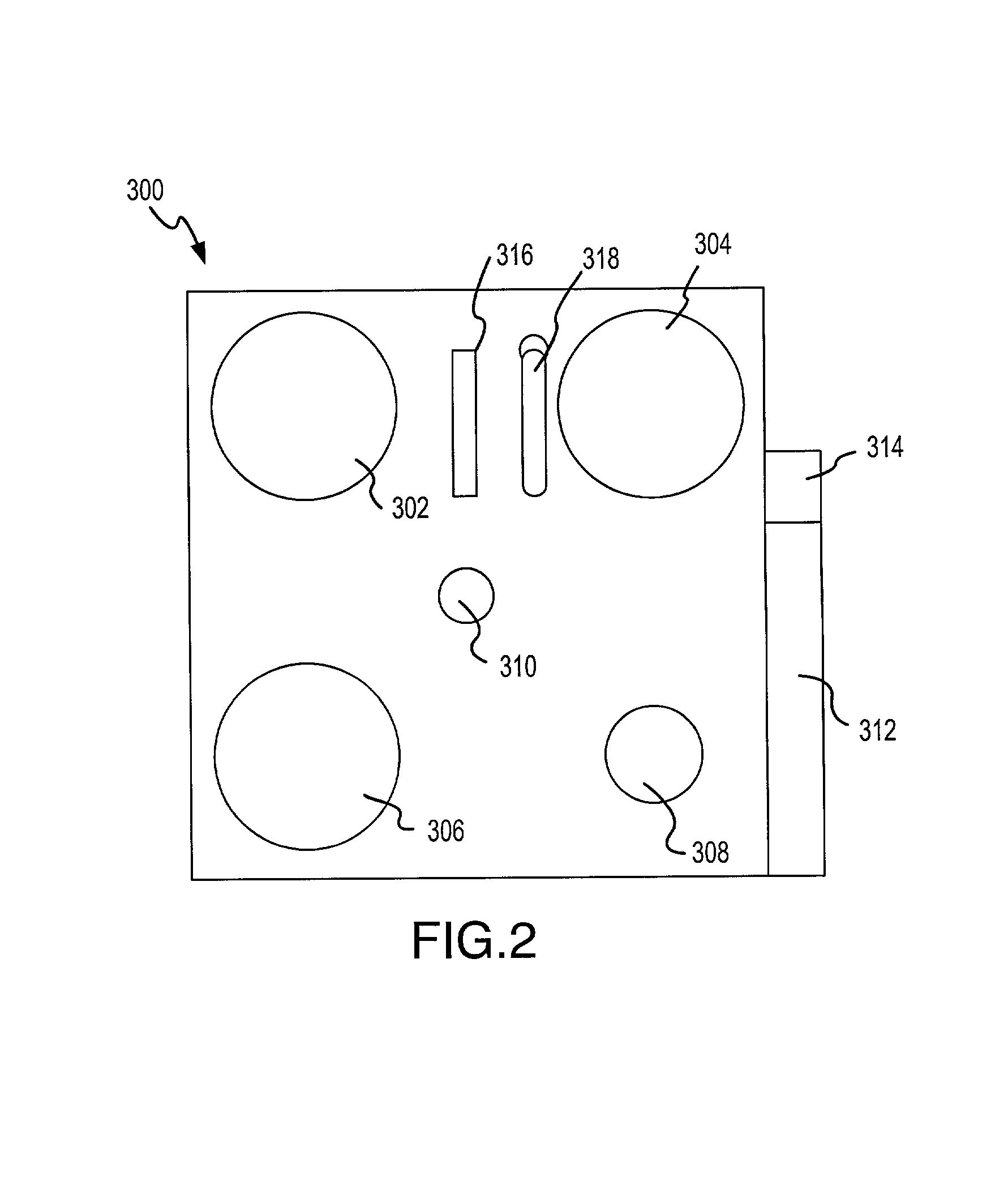Method and apparatus for controlling slurry distribution
a technology of slurry and distribution method, which is applied in the manufacture of grinding machines, manufacturing tools, and base layer manufacturing, etc., can solve the problems of defective ic devices, unresolved challenges, and slurry consumption, and achieve the effect of improving the control of chemical composition and addressing the loss of chemical reactivity
- Summary
- Abstract
- Description
- Claims
- Application Information
AI Technical Summary
Benefits of technology
Problems solved by technology
Method used
Image
Examples
Embodiment Construction
[0052]The following descriptions are of exemplary embodiments of the invention and the inventors' conception of the best mode, and are not intended to limit the scope, applicability or configuration of the invention in any way. Rather, the following description is intended to provide convenient illustrations for implementing various embodiments of the invention. As will become apparent, various changes may be made in the function and arrangement of the elements described in these embodiments without departing from the spirit and scope of the invention. Various exemplary implementations of the present invention may be applied to any polishing process utilizing chemically reactive slurry polishing agents. Certain representative implementations may include, for example, the polishing and / or planarization of: semiconductor wafers; integrated circuit wafers; magnetic data storage media, including computer hard drives and other magnetic mass storage media; optical data storage media inclu...
PUM
| Property | Measurement | Unit |
|---|---|---|
| length | aaaaa | aaaaa |
| depth of focus | aaaaa | aaaaa |
| radius | aaaaa | aaaaa |
Abstract
Description
Claims
Application Information
 Login to View More
Login to View More - R&D
- Intellectual Property
- Life Sciences
- Materials
- Tech Scout
- Unparalleled Data Quality
- Higher Quality Content
- 60% Fewer Hallucinations
Browse by: Latest US Patents, China's latest patents, Technical Efficacy Thesaurus, Application Domain, Technology Topic, Popular Technical Reports.
© 2025 PatSnap. All rights reserved.Legal|Privacy policy|Modern Slavery Act Transparency Statement|Sitemap|About US| Contact US: help@patsnap.com



